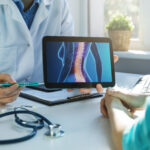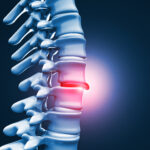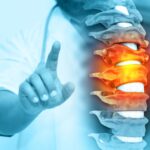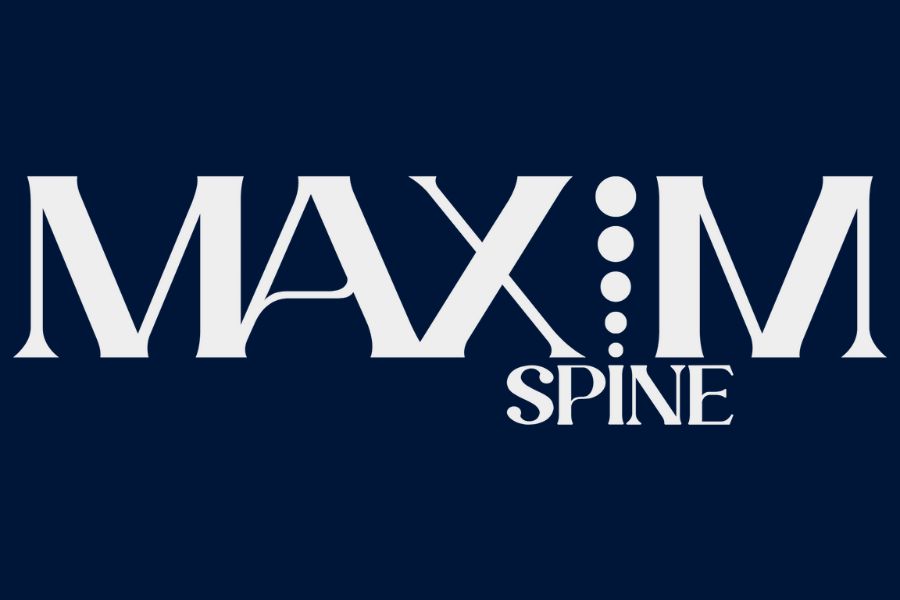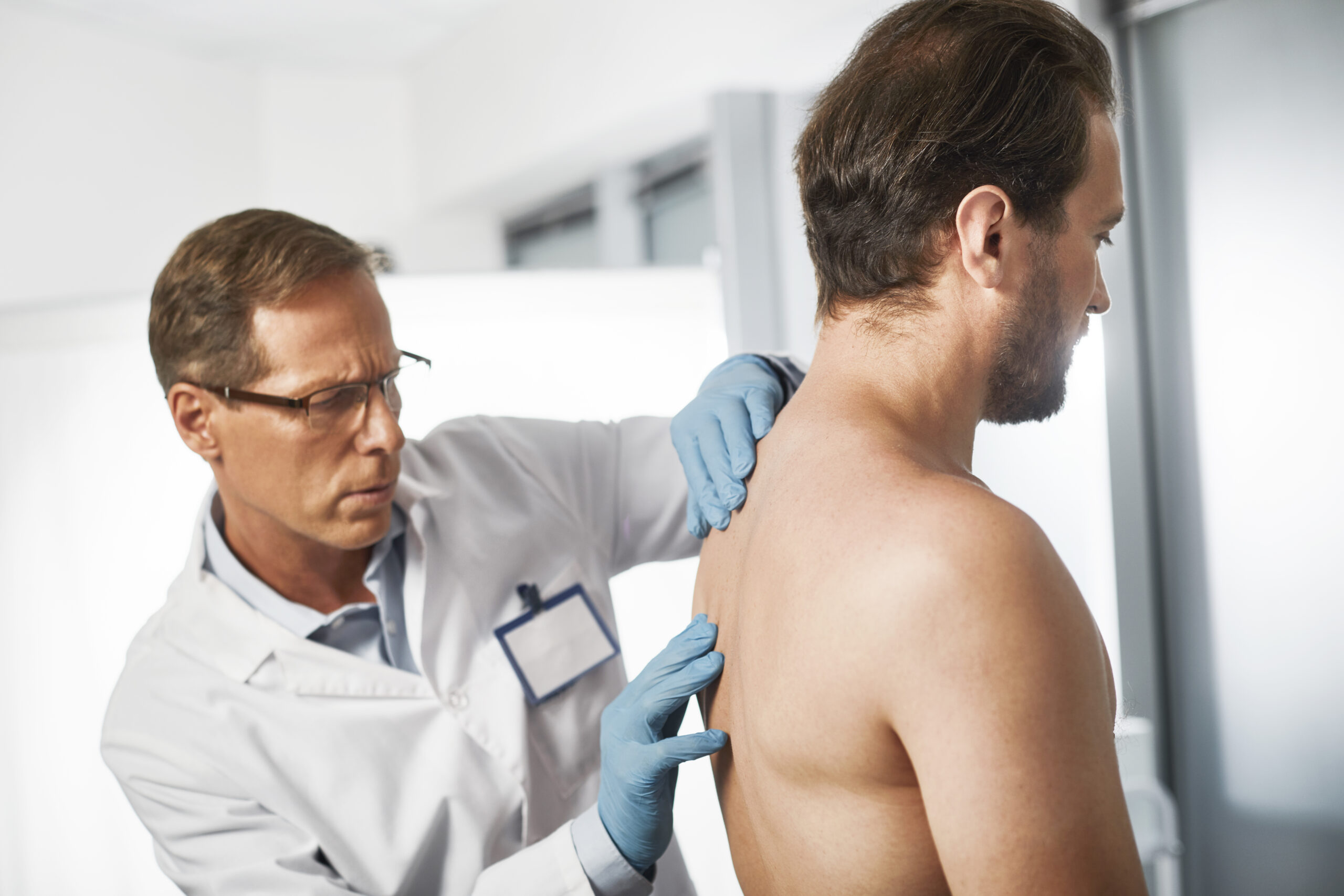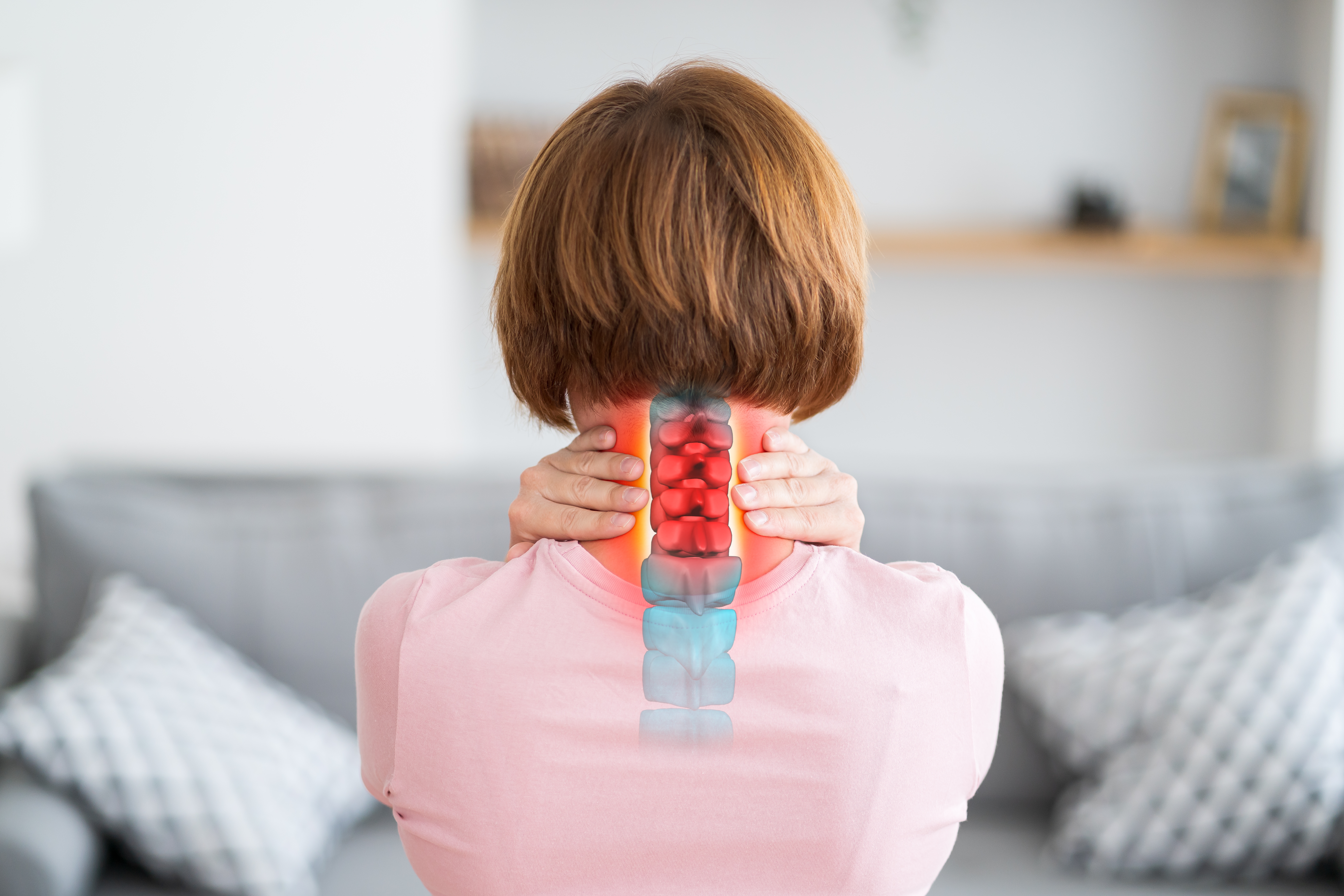
Specialized Cervical Disc Fusion Procedures for Kyphosis
When back pain becomes too much to bear, some patients start considering specialized cervical disc fusion procedures. In fact, many discover they are suffering from Kyphosis, a condition where the spine curves excessively forward, sometimes creating a visible hump.
Often appearing in adolescence, Scheuermann’s Kyphosis, or Scheuermann’s Disease, can worsen over time and cause major pain. While the exact cause remains a mystery, some cases are particularly severe, with the spine curving far beyond a normal range. This explains why you might be struggling with pain and difficulty when lifting everyday objects.
Kyphosis is also known as “roundback.” A little curve is normal, but a curve of more than 40 – 45 degrees is considered kyphotic. This can happen at any age, but teenagers are the most susceptible to Kyphosis.
There are different types of Kyphosis, some related to posture, others present at birth, and some caused by underlying health issues. Kyphosis can lead to a hunched-over appearance, back pain, stiffness, and tiredness. In severe cases, it can affect breathing and digestion.
Diagnosing Kyphosis usually involves a physical examination, a review of medical history, and imaging tests. Treatment varies depending on the severity and cause, ranging from monitoring and physical therapy for mild cases to back braces and surgery for more serious or progressive forms.
Catching Kyphosis early is the key to preventing complications and improving quality of life. For older adults, treating and preventing Osteoporosis can help prevent many cases of Kyphosis. Early diagnosis and bracing for Scheuermann’s Disease can help avoid surgery, although there’s no known way to prevent the disease.
Diagnosing Kyphosis and Specialized Cervical Disc Fusion Procedures
Your spine is like a gentle wave, a natural curve that helps you stand tall, which is why specialized cervical disc fusion procedures are often suggested to treat Kyphosis. Sometimes, this wave becomes too steep. Doctors diagnose Kyphosis when your spine’s curve bends beyond 45 degrees.
There are several varieties of Kyphosis:
- Postural Kyphosis is the most common type, often caused by slouching, weak muscles, or tight muscles. It’s usually not too serious and can often be corrected with better posture and exercise.
- Scheuermann’s Kyphosis usually shows up in teenagers during growth spurts. It involves misaligned vertebrae, leading to a stiff and often painful curve. The exact cause is still a mystery, but genetics and growth problems seem to play a role.
- Congenital Kyphosis develops before birth due to abnormal spine development and can be severe, often needing surgery to fix.
- Other causes of Kyphosis can be a side effect of health issues, such as Osteoporosis, arthritis, tumors, infections, or injuries.
“Kyphosis can present with various symptoms, including rounded shoulders and hunched posture; back pain, stiffness, and fatigue; muscle tightness in the hamstrings and chest; and difficulty breathing or swallowing,” states the University of Florida Health. In rare cases, there are neurological problems like weakness or tingling.
To find out if you have Kyphosis, doctors will usually check your posture, how well you can move, and how well your spine is aligned. They’ll also ask you about your symptoms, when they started, if anyone else in your family has Kyphosis, and if you have any other health issues.
X-rays are a common tool for measuring the curve and spotting any bone problems. Sometimes, doctors might order an MRI or CT scan to get a closer look at your soft tissues, spinal cord, or nerves.
One Woman’s Story of Hope After Years of Struggle
The Daily Mail famously reported on a young woman who suffered from back pain and became curious about specialized cervical disc fusion procedures. Imagine your spine curving so much that you feel like the Hunchback of Notre Dame. That was her reality for years, thanks to Scheuermann’s Kyphosis.
Kyphosis is a bit like a wonky building block tower. It causes your vertebrae to grow unevenly during teenage growth spurts, leading to a rounded back. The woman’s case was extreme, with an 80-degree bend in her spine.
Even though her spine was visibly curved, doctors missed the diagnosis for years, brushing off her concerns throughout her teenage years when she was most self-conscious about her appearance. Not only did this undiagnosed condition make her feel bad about how she looked, it also caused a lot of pain.
It wasn’t until later that physiotherapists finally figured out what was wrong, and she eventually had surgery to straighten her spine. It was a long operation, but it was successful. Doctors warned that without the surgery, her curved spine could have started to crush her lungs, heart, and stomach.
“I was continually told by doctors that there wasn’t anything wrong, even after bending over in front of them to show them the curve in my spine,” she said in the article. “It was such a relief to finally be told there was something they could do. I hated the way I looked and as a teenager.”
Her story is a reminder that it’s important to get spinal conditions like Kyphosis diagnosed early. It also shows how crucial it is for doctors to really listen to patients and look into their symptoms, especially when those symptoms are as obvious as a curved spine.
Specialized Cervical Disc Fusion Procedures for Hyper-Kyphosis
When considering specialized cervical disc fusion procedures, remember that as we get older, our bodies change. Sometimes our posture does too. One common change is something called age-related hyper-Kyphosis, which is a fancy way of saying the upper back becomes excessively rounded in older age.
Hyper-Kyphosis can cause generic pain, give you trouble when you lift your head, make you feel unsteady on your feet, and even hinder your vision when you walk, according to an expert writing in the Daily Breeze. What causes this older, age-related hunchback posture?
- Weak bones. Our bones naturally get thinner as we age, which makes them easier to break. If the bones in our spine break, called compression fractures, they can change the shape of our spine and cause it to curve forward.
- Spinal fractures. These can happen from Osteoporosis or other issues, and they can also mess up the shape of your spine.
- Weak muscles. As we get older, our muscles can get weaker. This makes it harder for your muscles that support your spine to do their job, making it convenient to slouch.
The good news is: there are solutions. If doctors catch the problem early, some patients are able to slow down hyper-Kyphosis and avoid other problems. Regular checkups with your doctor can help catch it early.
Additionally, you can stay healthy. Regular exercise and eating a balanced diet are extremely important. Doing exercises that put weight on your bones, like walking or lifting weights, can keep bones and muscles strong, which helps you stand up straight and keeps your spine healthy.
If you’re a senior, it’s good to know about hyper-Kyphosis and what you can do about it. By understanding the causes and treatments as you age, you can take charge of your health and keep enjoying life.
Doctors Can Treat Kyphosis Effectively if You Check In
Kyphosis is becoming more common as our U.S. population ages, which means more individuals are researching specialized cervical disc fusion procedures each year. To best care for people with this condition, it’s important for doctors and health care providers to have a good understanding of what it looks like, how it affects the body, what causes it, how to identify it, and different ways to treat it.
Doctors can give their patients the best possible care and help them manage this condition effectively if those suffering from it get checked regularly. The primary causes of Cervical Kyphosis include “degenerative, infection, post-laminectomy, and ankylosing Spondylitis,” states the Journal of Spine Surgery. “Cervical Kyphosis can cause not only neck pain, Myelopathy, and Radiculopathy, but also problems with horizontal gaze, swallowing, or breathing.”
This state-of-the-art review goes on to state that your cervical spine also has various functions, including supporting the weight of your head, protecting neurovascular structures, maintaining your horizontal gaze, and allowing a wide range of motion. Although cervical spine Kyphosis has been increasingly common due to the growing elderly population, there is growing evidence that supports the healthy management of cervical Kyphosis.
“The most common symptom is neck fatigue and pain,” the journal says. “Neck pain results from degeneration of the discs and facet joints, or increased stress on the posterior soft tissue and musculature in an attempt to hold the head in a biomechanical advantageous position.”
Basically, your head needs to be perfectly centered over the thorax or within your pelvic “cone of balance.” Otherwise, the mechanical imbalance severely stresses the circumferential cervical musculature, resulting in fatigue, imbalance, increased energy expenditure and muscle strain.
“The location of Kyphosis is also important,” the research adds. “A focal Kyphosis in the mid-cervical spine often can be corrected.”
Treatments and Specialized Cervical Disc Fusion Procedures
Treatment using specialized cervical disc fusion procedures and other medical solutions depends on the type, severity, and underlying cause of your Kyphosis. Options include:
- Observation. Mild cases may not require treatment but simply monitoring for progression.
- Physical therapy. Exercises to strengthen back and core muscles, improve posture, and increase flexibility can be beneficial for mild-to-moderate cases.
- Bracing. A back brace may be recommended for adolescents with Kyphosis to help prevent curvature progression while they are still growing.
- Pain management. Over-the-counter or prescription medications may be used to manage pain and inflammation.
- Disc fusion surgery. In severe cases, especially those causing neurological problems or significant pain, surgery may be necessary to correct the curvature and stabilize the spine.
In cases where Kyphosis is caused by spinal fractures, Kyphoplasty may be an option. This minimally invasive procedure involves injecting a special cement into the fractured vertebra to restore its height and shape, which can relieve pain and improve function.
While not all types of Kyphosis are preventable, practicing good posture, maintaining a healthy weight, and exercising regularly can help reduce the risk of postural Kyphosis and improve overall spine health. It’s important to consult with a health care professional if you experience any symptoms of Kyphosis for proper diagnosis and treatment.
Maxim Health
Looking for specialized cervical disc fusion procedures? This is where our groundbreaking approach intersects with your needs. Maxim Health is a beacon of innovation.
Our comprehensive focus brings together luminaries in spine surgery for an unparalleled experience in care, expertise, and attention. With an extensive track record of successful and intricate procedures, Maxim is also at the forefront of non-surgical solutions. We help patients regain control of their lives, from non-invasive interventions to the latest advancements in pain relief.
